Zaha Hadid Architects in China
This week I wrote an article trying to understand how did ZHA become one of the most successful foreign architecture offices in China.
Hello! 👋
If you follow architecture magazines and websites, you surely noticed how Zaha Hadid Architects were always on the news these past months.
From the newly completed Beijing Daxing International Airport to the beautiful Leeza SOHO and the most recent winning entry for the OPPO Headquarters in Shenzhen. It also seems that most of their latest news is related to China.
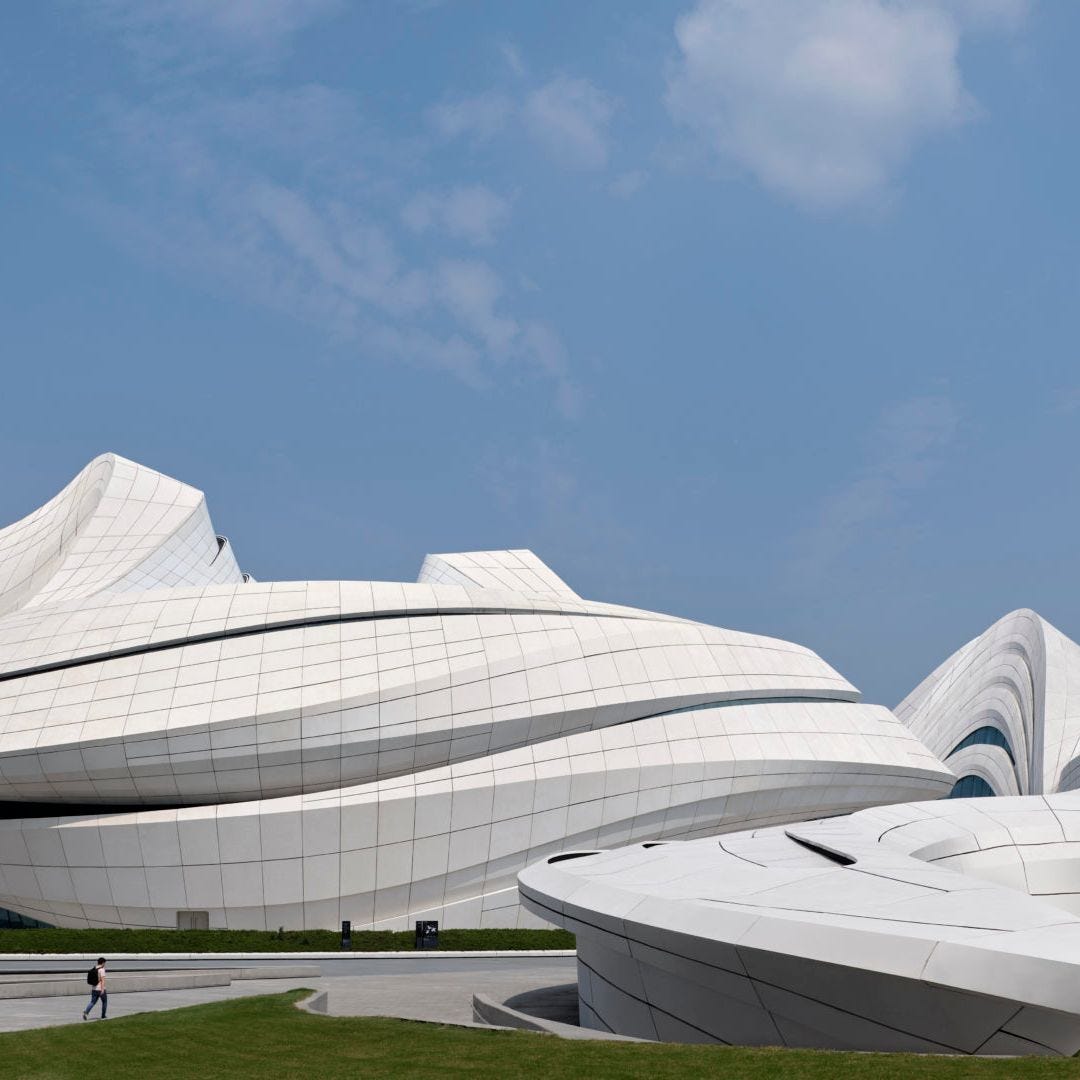

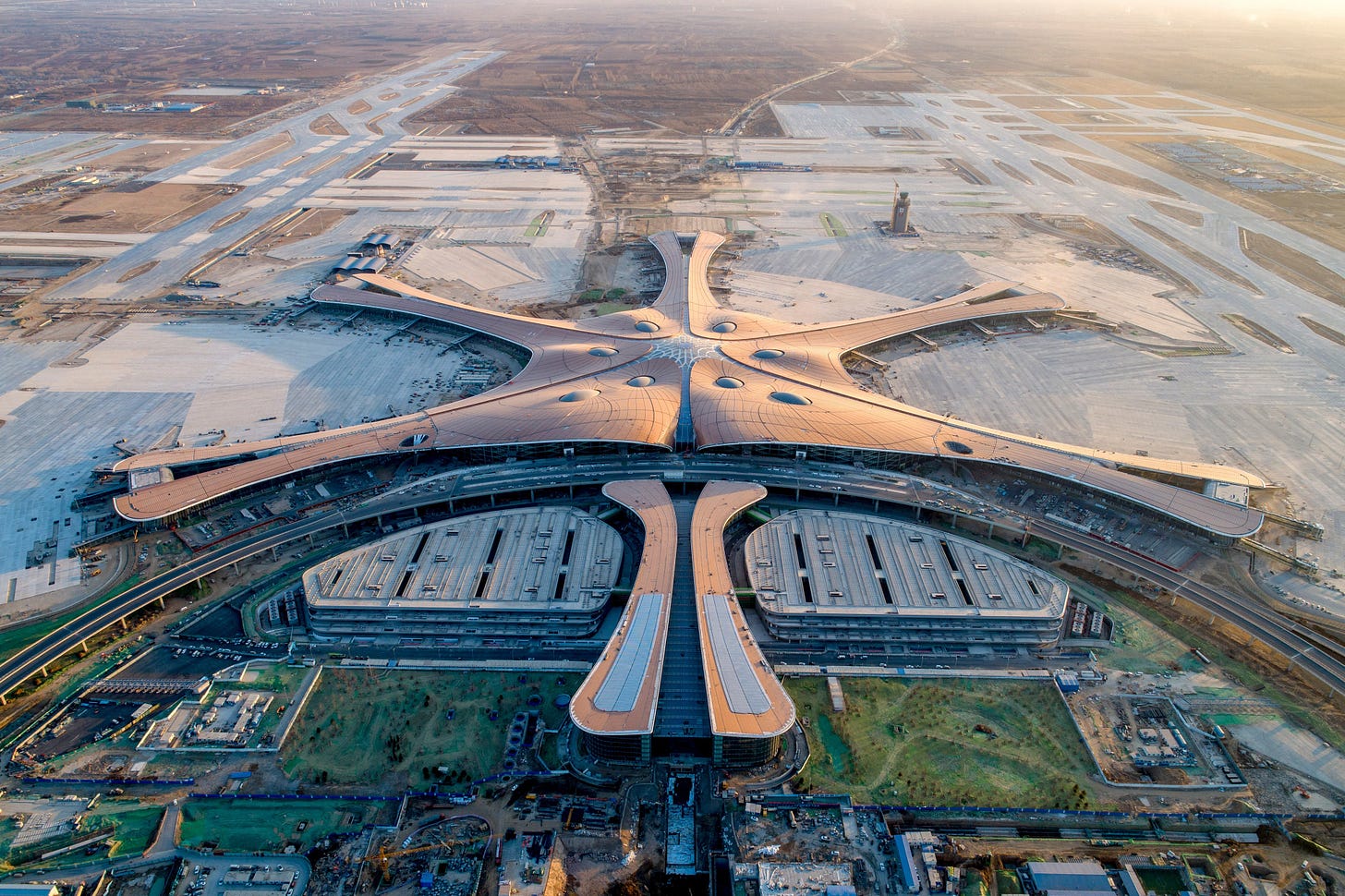
This led me to a little research to satisfy my curiosity: how did ZHA become such a success in the Chinese market? How did they start, what were the milestone projects, how did they establish one of the most successful foreign architecture office operating in China?
Well, it was a mix of being at the right place at the right time (China joining the WTO and opening up its market to foreign companies), some lucky connections (think Zhang Xin and SOHO), and, of course, a lot of great designs. It is no wonder they got where they are. And I am really looking forward to seeing where they'll go, now that ZHA no longer has Zaha at its helm.
Of course, I wrote a longer article about all this, complete with a map of all projects, a little timeline, and lots of interesting tidbits about the subject:

Zaha Hadid Architects in China
How did they enter the Chinese market and become one of the most successful foreign architecture firms operating in the country
📄 on the TFA Blog (~2,200 words)
Check it out, I hope you like it. And if you work at ZHA and spot any errors, please let me know! 🙏
I was so immersed in the whole ZHA and China research that I almost did not have links for today. However, I dug deeper and found some gems for you. First, an article about architecture and "Parasite," followed by a little reminder of an exhibition you have to go if you are in New York, and finishing with some eye-candy renders from Studio Precht.
Why architecture should have won a best supporting role in 'Parasite'
FastCompany has an interesting article out this week on the wake of Parasite winning the Oscars.
In Parasite, architecture is used for its aesthetic value and also for its power as a storytelling device, making this film an extraordinary study in how our built environments create narratives that are both within our control and outside of it.

An excellent movie and the architecture of the locations did catch my eye when I watched it. They were just perfect for the story. I later learned that both locations were built from scratch, primarily based on director Bong Joon-ho's intricate storyboards.
Read the full article over at FastCompany.
Countryside, the Future by AMO
If you are in New York this week, do not miss the exhibition every architecture news outlet is talking about. From the Guggenheim's website:
Countryside, The Future, is an exhibition addressing urgent environmental, political, and socioeconomic issues through the lens of architect and urbanist Rem Koolhaas and Samir Bantal, Director of AMO, the think tank of the Office for Metropolitan Architecture (OMA). A unique exhibition for the Guggenheim Museum, Countryside, The Future will explore radical changes in the rural, remote, and wild territories collectively identified here as “countryside,” or the 98% of the earth’s surface not occupied by cities, with a full rotunda installation premised on original research.
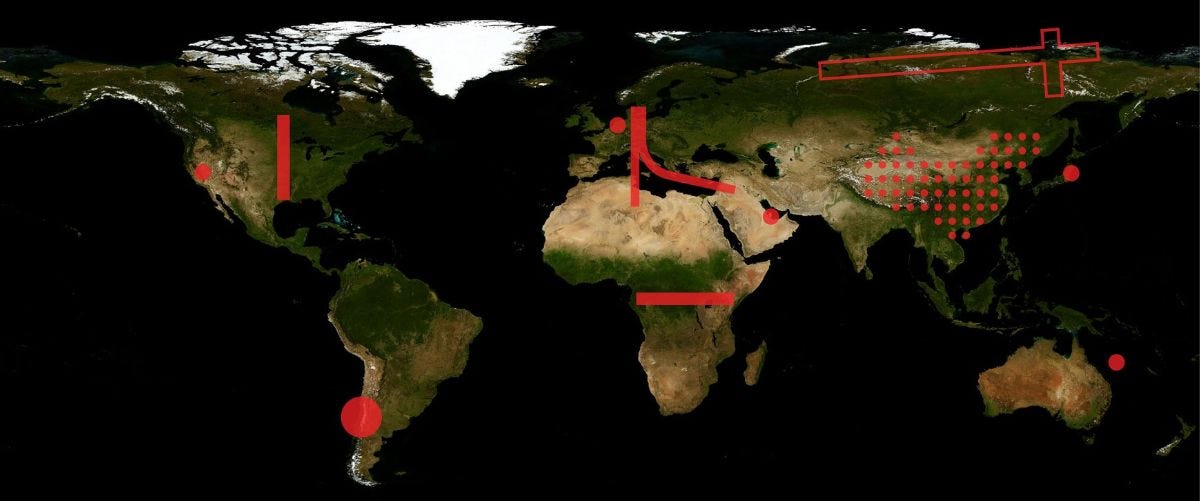
It opens on Thursday, 20th of February. More details here.
I thoroughly enjoyed the last edition of the reSITE podcast with Chris Precht, the Austrian architect behind Studio Precht. And then I found renders of their projects, which are just mesmerizing:
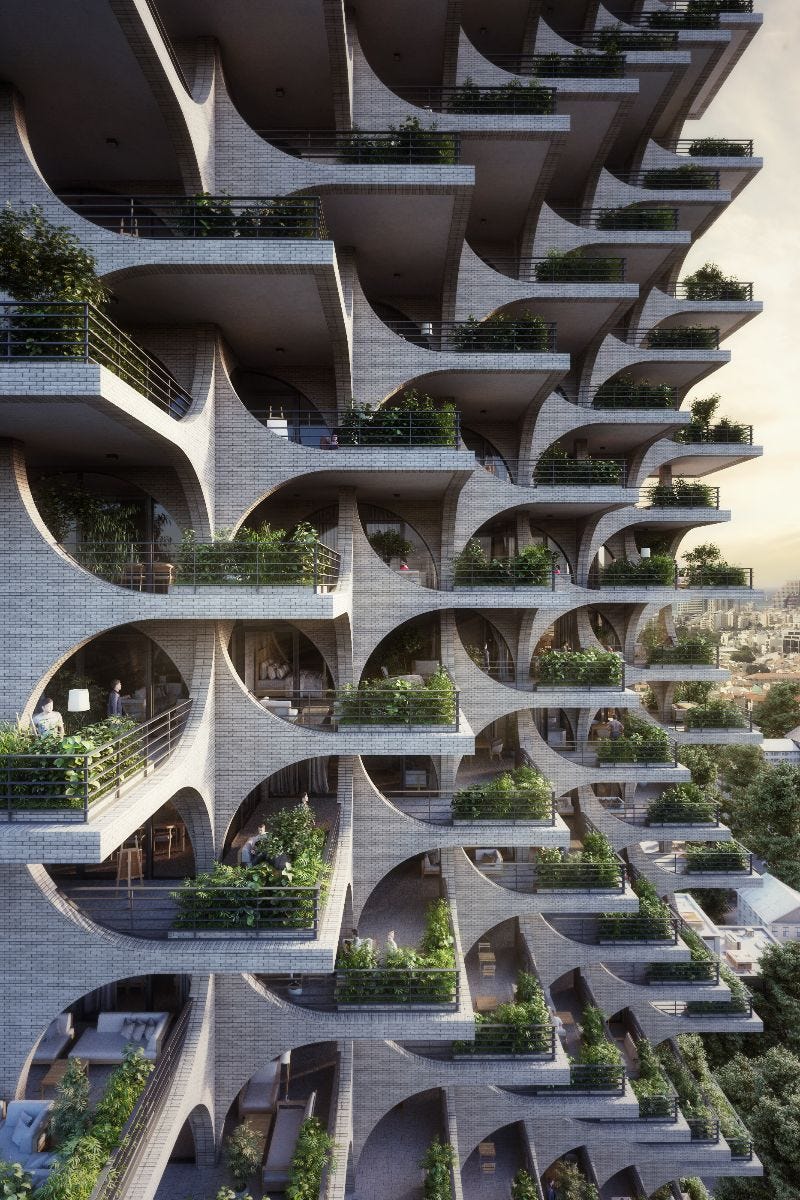
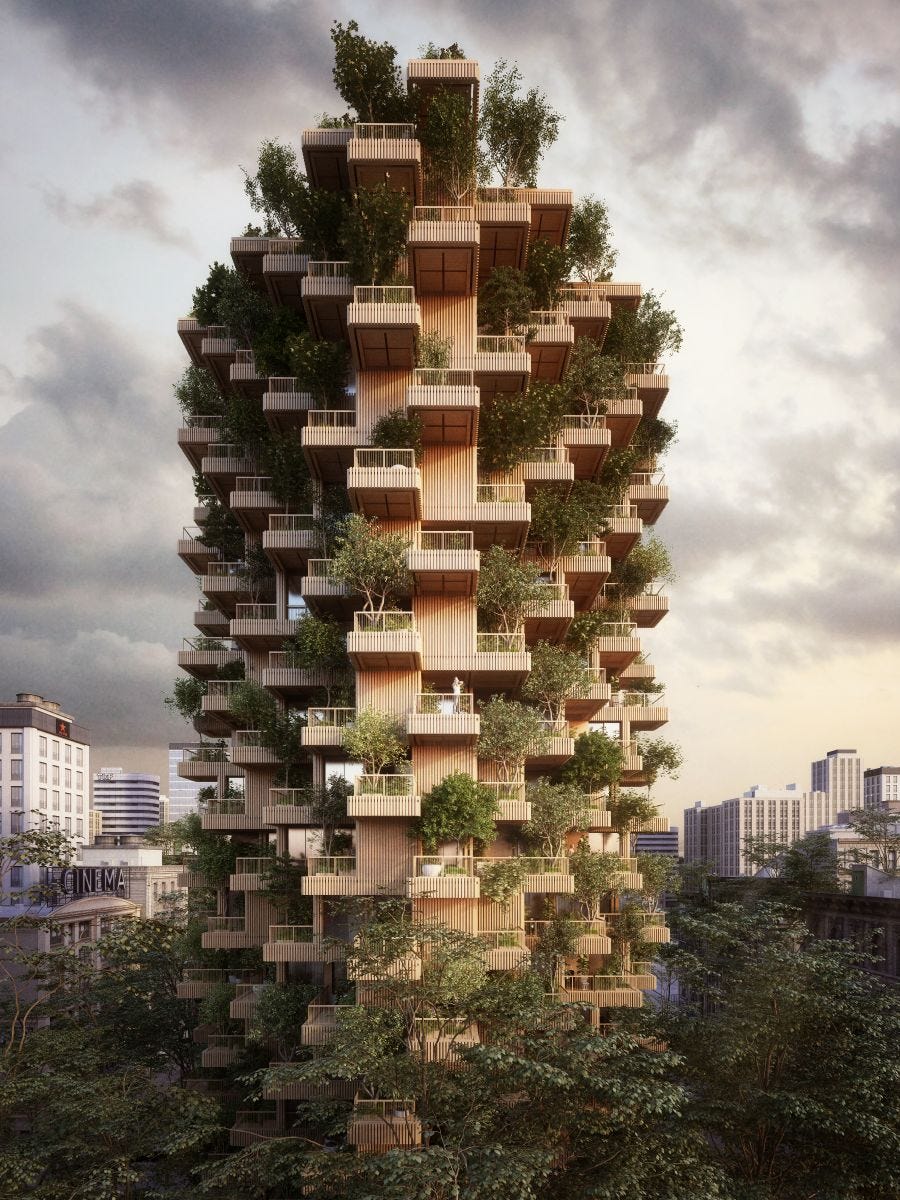
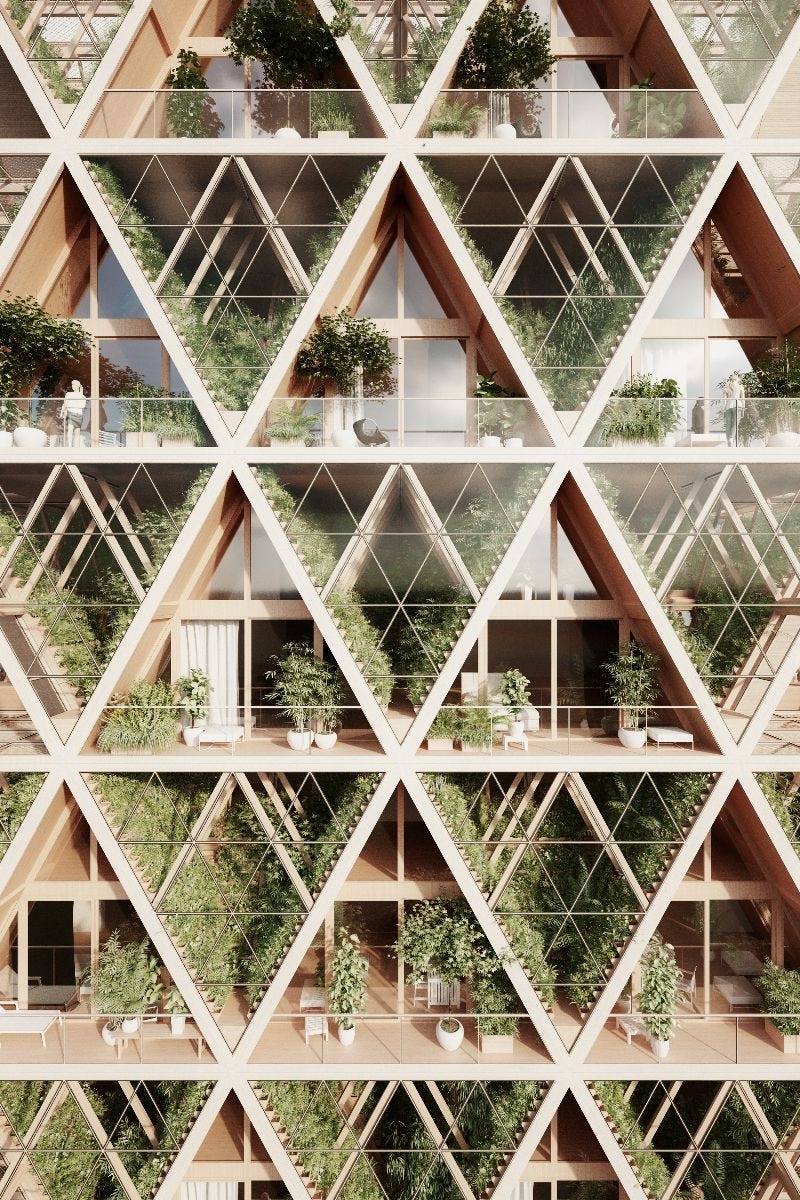
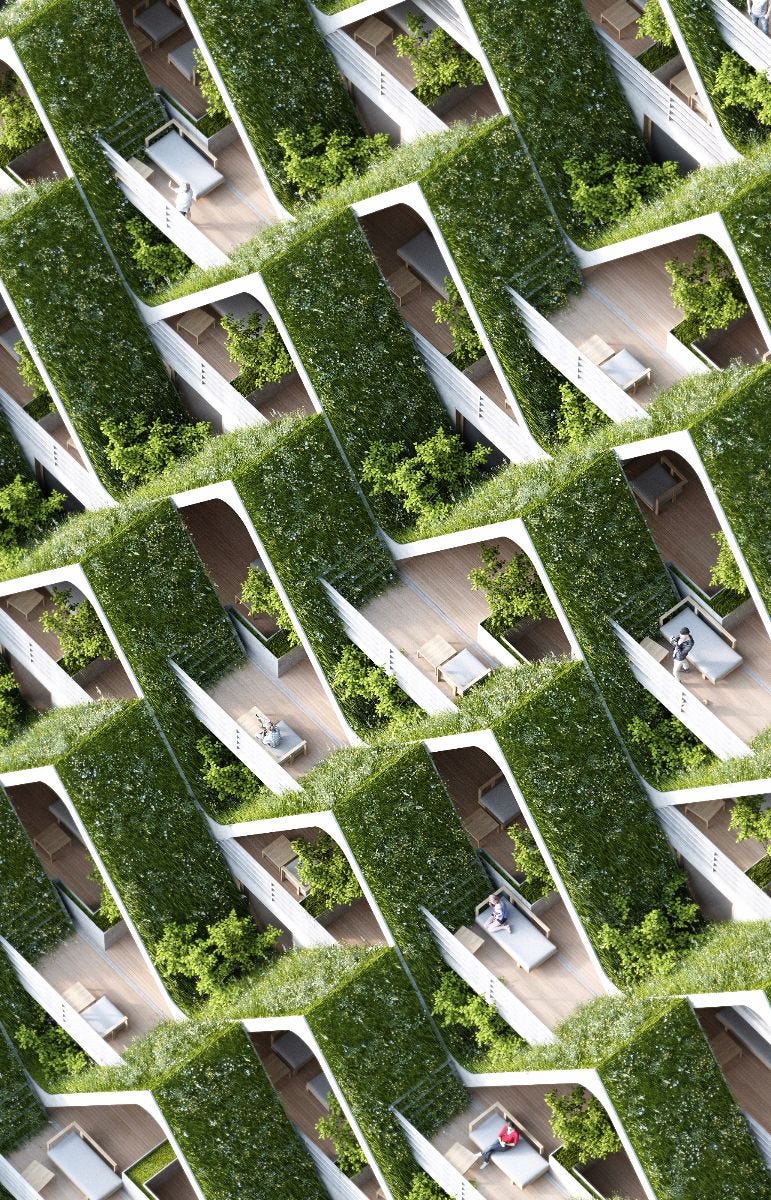
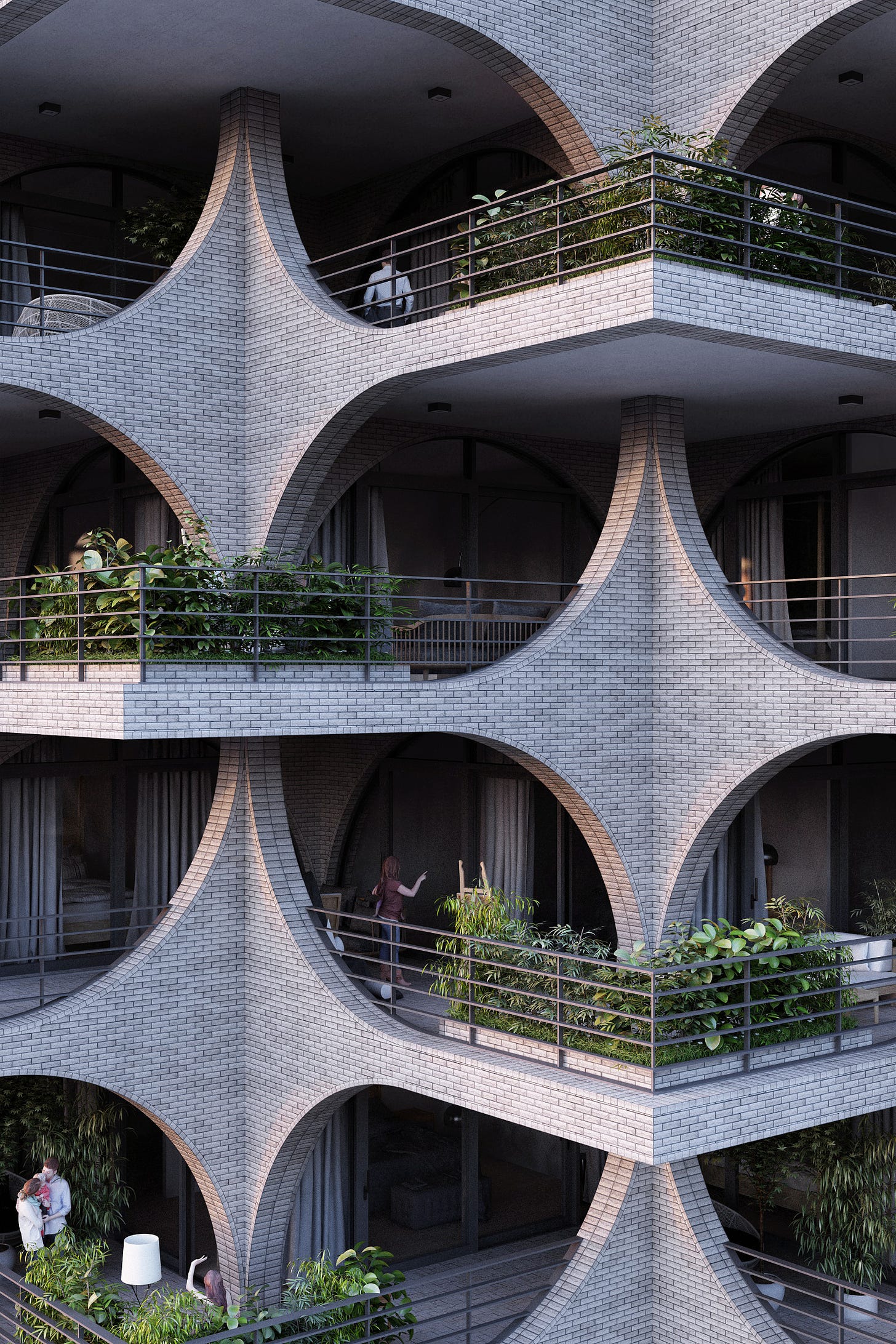
If you are into podcasts, do check reSITE's Design and the City series. Precht was on the second episode, while Thomas Heatherwick was the guest on the season's premiere.
That's it this week.
If you have any questions or comments, just hit reply. I read and reply to every email and would love to hear from you!
Greetings from Chiang Mai 🇹🇭
Best,
Daniel


